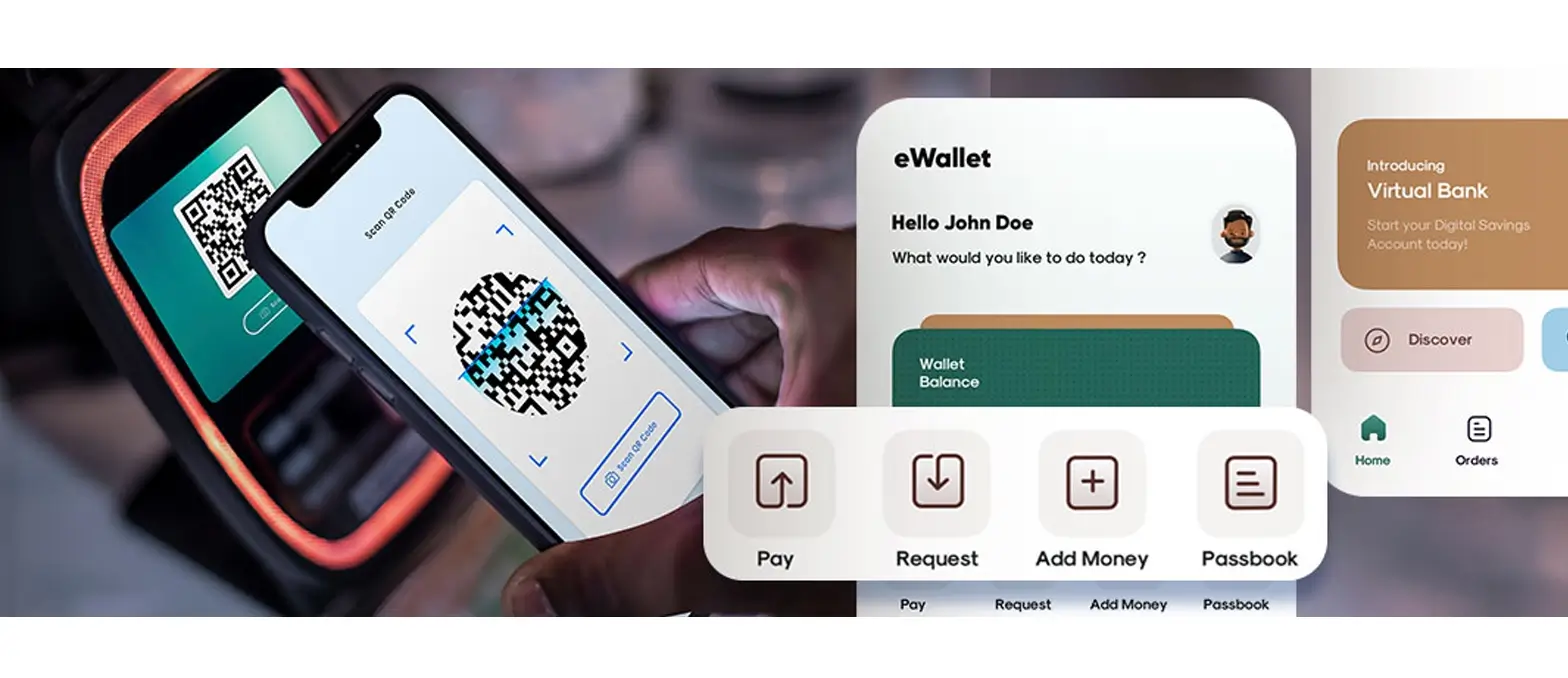Table of Contents
One of the major industrial trends of the early 2020s is how we talk about the state of work. There are many reasons for why this is the case: economic and political uncertainty, increasing automation, the rise of remote and hybrid work, the blurring between the professional and the personal, over-supply and under-supply in labor markets, and, of course, the Covid-19 pandemic. Just as much as employers are working to attract outstanding staff, there’s now increased pressure to entice them to actually stay.
In this article, we’ll discuss why it’s imperative that employers deliver on employee benefits and make the experience effortless with the right benefit administration domain.
A brief 101 on employee benefits
Benefits covers a range of categories that can vary across business regions and countries. These main categories are:
- Those required by law, such as:
- Superannuation in Australia or the workplace pension scheme in the UK
- Social security and medicare
- Workers compensation
- Minimum wages and overtime pay
- Unemployment compensation/contributions
- Health insurance (including Dental insurance)
- Disability insurance
- Sick leave
- Vacations and paid time off (recreation leave)
- Parental leave
This is typically under Human Resources (HR) responsibilities therefore choosing the right benefit administration domain is an investment in teams both for the employees who must fulfil work in this area and for overall internal stakeholder harmony. It puts significant pressure on employees if products used for core tasks or information are either unsatisfactory or out-of-date. This has a logical flow-on throughout the organization and may even affect external stakeholders. With the amount of stress, crisis, and pressure on employees in the past three years, addressing these sorts of problems head on starts with the basics.
Using software solutions to promote employee benefits and domain accessibility
In this climate, two terms have come to define ongoing challenges for employers: the Great Resignation and Quiet Quitting. Around the world, the Great Resignation is most pronounced. Employers are seeing record numbers of workers either leaving their jobs or stepping back from their roles be it explicitly or non-explicitly. Looking at the U.S. job market alone, in 2021 68.9 million people quit their job versus the 75.3 million who were hired. From 2020-2022 what we know to be true is that employees want more from their jobs and after the burnout and trauma of the pandemic there are understandable grounds for wanting satisfaction from a role, feeling urgency to change working conditions, or even exploring a completely new career path.
For those on the hiring side, how then can you actually recruit permanent employees and what sets a quality job offer apart? Beyond personal and professional values — and the ongoing recalibration of the meaning of work — it feeling worth it to a prospective employee boils down to salary and benefits compensation. In the post-Covid-19 workplace, the significance of benefits is redefined because of how these packages directly function as wellness support. Lee Hafner explains for Benefit News, “Just as the ways people work have been reshaped, benefits too can be molded to better fit a workforce.”
This is one area of employee services to get right — in fact, some experts nominate that the future of employee benefits will include wellbeing and welfare-focused supports. This is unsurprising as we move further into a health space that understands the World Health Organization’s constitutional definition of health as a holistic state comprised of our “complete physical, mental and social wellbeing”. In the workplace, it’s starting to become one of the most essential components of employee benefits with a November 2021 survey report from Paychex, a multinational HR and Employee Benefits company, that found over 60 percent of employees indicated that wellbeing support is a top priority when seeking employment. These figures in conjunction with both recent and ongoing events go a long way to illustrating just how crucial it is to get the employee benefits offering and access experience spot-on. Kathy Haan and Cassie Bottorff write for Forbes Advisor that, “With 10.1 million job openings as of August 2022, employers are scrambling to find the right employee benefits to attract, engage and retain top talent—all while trying to stay within their budget.”
Why benefits administration software offers employees a solutions-oriented service
This is where implementing a solid system of benefits administration comes in. We know that there are serious problems in the market with:
- Hiring new employees for roles that need filling
- Retaining employees across a range of timelines
- Employees wanting and needing more out of their employee benefits
What’s also true is that no matter how good the benefits offered are, if the systems are bad this creates dissatisfaction, too. As explored earlier, benefits are a large part of what draws employees to a company and can be contingent on why they stay. First and lasting impressions of benefits software systems from the moment they’re hired should be simple, user-friendly, reliable, and even personalized domains.
From the team standpoint, there are also huge advantages for all internal stakeholders with record-keeping, minimizing human error, streamlining and improving the accuracy of payroll, strengthening the quality of business processes, and the elimination of any legal and compliance oversights. For organizations to grow with an exceptional team of employees the answer is to invest in services that resolve ongoing problems specific to the workplace and its team. To keep employees happy, the same can be considered to apply. In the words of Mara Cavello for G2, “Remember to think outside the box – there are benefits that your employees need, like healthcare, and there are benefits they want, like paid time off.”
Choosing and successfully integrating the benefit administration domain software solution
Domains available for benefit administration vary in design and features. There are a range of software solutions available on the market that — when chosen correctly and strategically integrated — will meet needs and ensure everything is working correctly. In terms of benefit administration domain features, the right solution should:
- Function as a portal that is accessible for both HR team members and employees that they can use for managing information, updating details, and reviewing their available benefits
- Provide a dashboard of key information for the user
- Enable HR administrators to produce essential and non-essential documents
- Uphold compliance standards and regulations
With the above features, the aspect of compliance is prone to complications and this is a leading advantage of using a benefit administration domain. Compliance and payroll errors can happen and it can negatively impact those who rely on it, i.e. employees. We would also note here that benefit administration domain software is not one-size-fits-all. Some solutions are only for organizations of a certain size — such as a minimum of 50 employees — while others are designed to work in tandem with other proprietary products. Choosing the domain that is most well-suited to the organization should not be rushed nor should it be a testing and changing process for employees: it’s paramount to invest wisely with evidence and data-based product choices based on thorough research informed via assessments of what is and isn’t working with current systems.
The same principle applies to integrating the domain with employees. Taking the time to demonstrate the software with team members, explain the HR workflow moving forward, and encouraging proactive use of the interface to familiarize and learn about the value of the software. Studies show that poor change management is one of the main reasons software implementation falls flat in workplaces and with nearly one-in-three enterprise resource planning (ERP) implementations failing, it’s an investment in employee buy-in, too. When we reflect on how central employee benefits and the associated HR services are, we can agree that bringing everyone along and plotting out a success launch is beneficial to all stakeholders.
Cultivating a positive culture around the employee benefits administration domain software
Software solutions are only as effective as the culture around them. In addition to failures with ERP implementations, another reason that software-as-a-service is met with derision is due to the culture around the new technology. Introducing technology that is expected to be used for years to come requires thoughtfulness, inclusivity, and organization-specific incentives. In a report for The Harvard Business Review, Frank-Jürgen Richter and Gunjan Sinha found that without the right organizational culture working as supporting levers for technology introduction tech adoption tends to fail. “Organizations must have a long-term strategy toward the creation of a culture that encourages and embraces technology adoption,” Richter and Sina write, “A piecemeal approach to tech adoption and implementation may feel like short-term progress, but will not lead to the creation of a digitally-focused mindset, and it will not result in a clean departure from legacy systems or attitudes.”
To truly cultivate that culture around employee benefits administration domains, organizations should call their employees in. Beyond a lead-in change management period and adoption phase, positively rewarding everyone for working through the introduction is a small cost for the future rewards. For example, make the training process pleasant and find a way to cater lunch on the day people are onboarding in recognition of how they’re doing something a little out of the ordinary. Encouraging team members to actually use the software could take the form of a pop-up reward of a coffee voucher at a local cafe when they next log-in to the system. As word spreads about the organization-driven positive reinforcement of using the platform, there will likely be upbeat associations with the introduction era that flow on to using software. To stay on theme — and provided there is organizational budget — offering employees an additional ‘employee benefit’ for training on the system could also be a good way to gamify their learning.
Reviewing your employees’ experience with the employee benefits administration domain
Although we mentioned earlier that testing and changing employee benefits administration software is not recommended, what is invaluable is using reviews as a fundamental in the integration process. Every organization has a vital interest in measuring, discussing, understanding, and incorporating their employee review data. As this software covers a range of their benefits — pay, entitlements, benefits, and HR administration — finding out what employees think can help make their own employment experience better.
Use short-term and long-term reviews to evaluate exactly how things are going, if people are satisfied, if more training is needed, and how this tool is helping people.
Use short-term and long-term reviews to evaluate exactly how things are going, if people are satisfied, if more training is needed, and how this tool is helping people. Anonymous staff surveys within the platform might also be available to submit so that if there are issues in the moment, people can freely communicate and have issues flagged for resolution. From the HR angle, don’t forget to allocate time to see how these team members are benefiting from and adapting to the domain. This applies to the administrative particulars of their role, the compliance responsibilities, and their working relationships with colleagues, so a 360-degree review approach will reap rewards every time it’s completed.
Conclusion
Setting employees up to get the most out of their benefits encompasses their introduction to the domain and training, promoting access to the software, and making it easy to get help when needed. If employees are encouraged to embrace their benefits and these benefits are celebrated, everyone is in a position to feel the return — the employer, managers, and all team members. Simple, reliable access to benefits information and personal data can also boost overall productivity and engagement on an individual and collective level. For employers seeking to deliver for their employees while also building a reputation for their organization, the assertion from Doxee about how beneficial corporate welfare is to all stakeholders sums it up: “This definitely benefits the company itself, as well as individual employees, as it increases employer branding and the very likelihood that workers will want to stay with a particular company.” In the same vein, Deloitte research also shows that 80 percent of organizations surveyed believe worker wellbeing is important to their success over the next 12 to 18 months — there will never be a moment as perfect as now to invest for the good of everyone employed for qualitative and quantitative gains.






